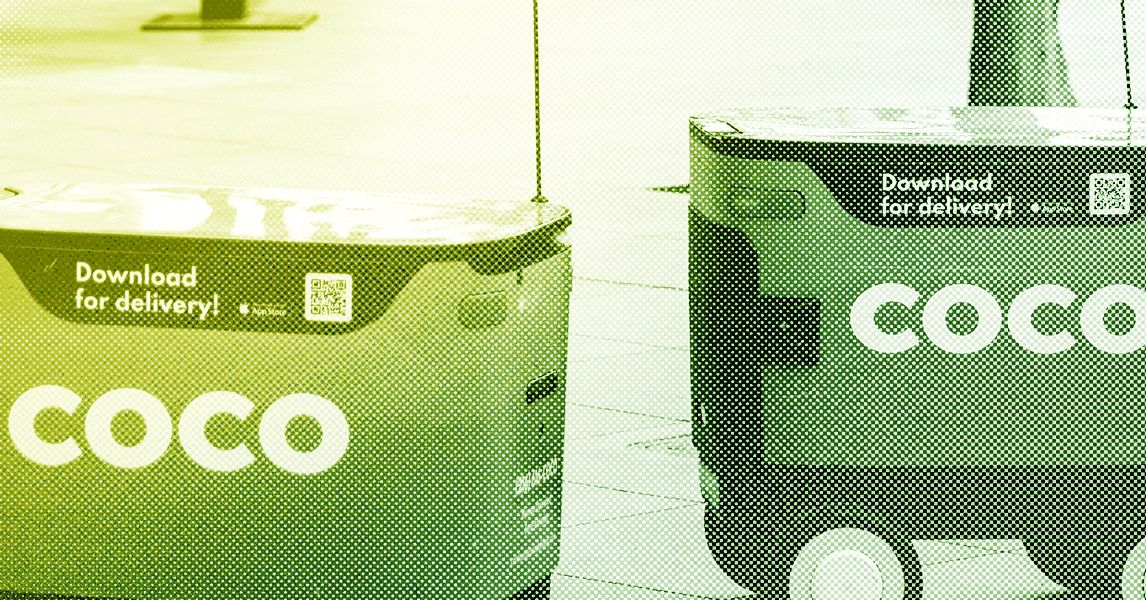DoorDash Unveils Dot: A New Chapter for Delivery Robots

Key Points
- DoorDash introduced Dot, a five‑foot‑tall autonomous delivery robot.
- Dot is equipped with nine cameras and multiple sensors for navigation.
- The robot is designed to travel on sidewalks, roads, and bike lanes.
- DoorDash previously partnered with Coco Robotics for smaller sidewalk robots.
- Urban obstacles like uneven sidewalks and crowded bike lanes pose challenges.
- Researchers are programming robots to avoid children and reduce tampering.
- Hybrid delivery models combine robot efficiency with human flexibility.
- Labor impact may shift tasks rather than replace human couriers.
- University campuses and suburbs are seen as ideal testing grounds.
DoorDash introduced Dot, a five‑foot‑t. The robot features nine cameras, multiple sensors, and a bright red design with pixelated eyes. Built by DoorDash Labs, Dot is intended to navigate sidewalks, roads, and bike lanes, reflecting a hybrid delivery model that blends human couriers with autonomous technology. The rollout follows earlier partnerships with Coco Robotics and highlights industry challenges such as navigating complex urban environments, handling obstacles like tree roots, and addressing safety concerns around children and pedestrians. Experts suggest that while robots may reshape certain tasks, they are unlikely to replace human couriers entirely in the near term.
DoorDash’s New Robot, Dot
DoorDash launched a new autonomous delivery robot named Dot. Designed by DoorDash Labs, the robot stands at about five feet tall and is painted bright red. Its exterior includes pixelated eyes, a mouth that opens like a Pac‑Man, and a voice that resembles a friendly AI. Dot is equipped with nine cameras and seven additional sensors, giving it a robust perception system for navigating public spaces.
According to DoorDash, Dot will operate on sidewalks, streets, and bike lanes, aiming to integrate smoothly into the existing delivery ecosystem. The company positions Dot as part of a hybrid model that combines human and autonomous delivery methods.
Previous Partnerships and Technology
Before Dot, DoorDash partnered with the Los Angeles‑based Coco Robotics, whose smaller sidewalk robots have been deployed in several neighborhoods. Those robots often rely on remote operators who monitor the robot’s view and intervene when necessary. DoorDash’s in‑house effort with Dot reflects a desire to leverage its massive delivery data and retain greater control over the technology.
Industry experts note that while remote‑operated robots have improved autonomy over time, fully autonomous operation remains a complex challenge, especially compared to larger autonomous vehicle projects that have received billions in investment.
Operational Challenges
Urban environments present a variety of obstacles for delivery robots. Sidewalks can feature uneven surfaces, tree roots, and unpredictable pedestrian behavior. Bike lanes, which DoorDash intends Dot to use, are already crowded with cyclists, e‑bikes, and scooters, raising concerns about space competition. Researchers are also studying how to make robots more acceptable to the public, including designing friendly appearances to reduce instances of people kicking or tampering with the machines.
Companies such as Starship Technologies have experimented with programming robots to avoid children, recognizing the higher likelihood of interference.
Labor Implications
The rise of autonomous delivery robots has sparked debate about the future of human couriers. While robots could handle routine segments of a delivery—such as moving from a storefront to a building lobby—human workers remain essential for navigating complex final‑mile scenarios like gated communities, elevators, and multi‑floor residences. In markets like China, a hybrid approach is already in use, where robots handle elevator rides while human couriers manage the rest of the journey.
Analysts suggest that robots may shift labor rather than eliminate it, creating new roles for maintenance, supervision, and handling unexpected incidents.
Future Outlook
Industry observers see university campuses and suburban neighborhoods as promising testing grounds for delivery robots, given their more predictable pathways and wider sidewalks. However, widespread deployment will depend on regulatory approvals, infrastructure adaptations, and continued investment in autonomous technology.
DoorDash’s launch of Dot signals renewed interest in autonomous delivery after a period of reduced enthusiasm. The company’s dual strategy—partnering with external robotics firms while developing its own platform—highlights a broader trend of tech firms seeking to control both data and hardware in the evolving e‑commerce landscape.